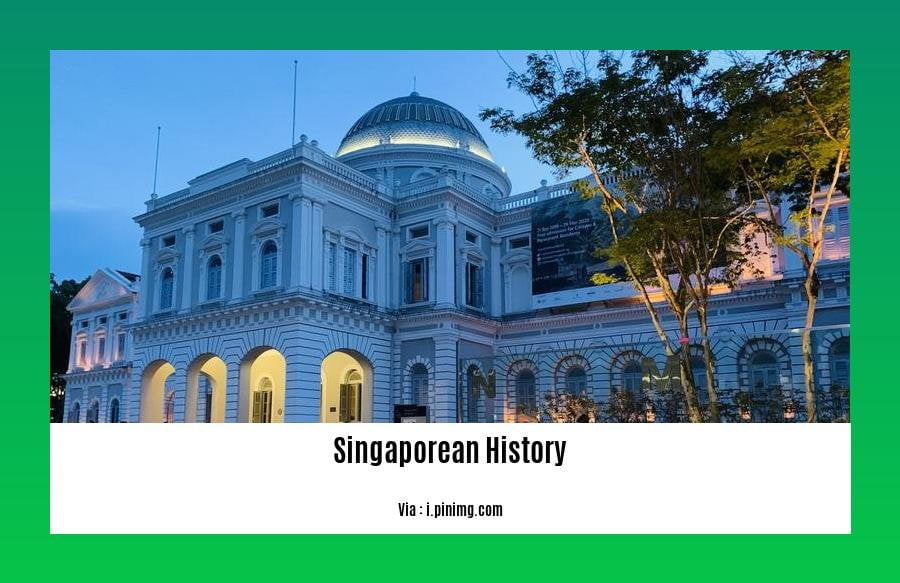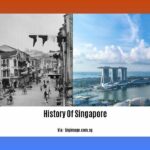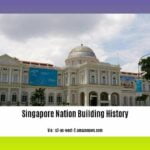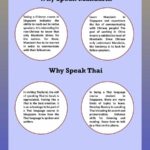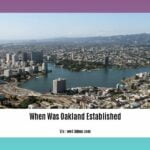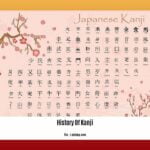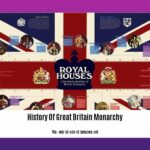Embark on a captivating journey through the annals of Singapore’s rich history with “Uncovering the Tapestry of Singaporean History: A Historian’s Perspective.” Delve into the vibrant past of this Southeast Asian nation, from its humble beginnings to its present-day status as a global metropolis.
Key Takeaways:
- Singapore’s history stretches back to at least the 14th century, possibly with a trading settlement.
- In the 19th century, modern Singapore was established due to British interests.
- Sir Thomas Stamford Raffles played a critical role in founding Singapore.
- The British established Singapore as a port and base for their ships.
- Singapore’s population was small before Raffles’ arrival, primarily consisting of indigenous Malays and Chinese.
- Chinese became the largest ethnic group in Singapore by 1827.
- Singapore was known to sailors since the 3rd century A.D.
- Piracy and fishing were significant activities on Singapore Island.
- Singapore was once an outpost of the Sumatran kingdom of Srīvijaya.
Singaporean History
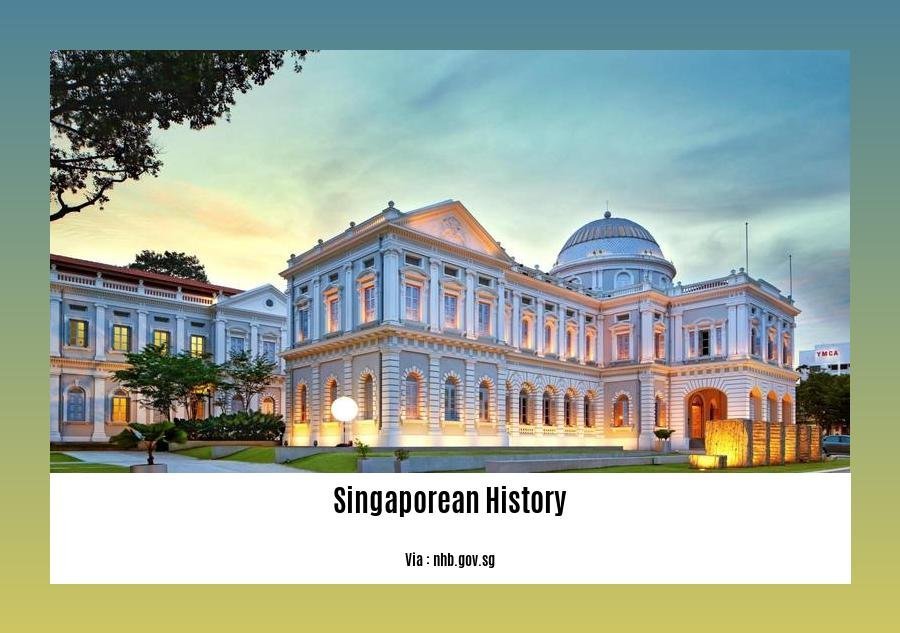
As a historian delving into the depths of Singaporean history, I’ve been captivated by its rich tapestry and transformative journey. Here’s a captivating narrative to unravel its intricate past:
Pre-Colonial Era:
- Malay, Indian, and Chinese Influences: Before British arrival, Singaporean history was shaped by a blend of cultures. Its strategic location as a trading port attracted diverse communities.
Colonial Period:
- Sir Stamford Raffles’ Legacy: In 1819, Sir Stamford Raffles established modern Singapore as a British outpost. It quickly became a vital trading hub.
- From Outpost to Colony: As a British colony, Singapore grew into a major economic and military center. Its cosmopolitan population reflected its status as a melting pot.
Towards Independence:
- Road to Self-Governance: Singapore’s struggle for independence culminated in 1965. Led by Lee Kuan Yew, the nation embarked on a path of self-determination.
Economic Miracle:
- A Tiger Economy Emerges: Singapore’s economic transformation from a third-world nation to a global financial hub is a testament to its resilience and adaptability.
- Factors for Success: A combination of government policies, skilled workforce, and strategic location fueled the nation’s economic rise.
Modern Singapore:
- A Global City-State: Today, Singapore is a thriving metropolis with a diverse population and ambitious global aspirations. Its history continues to shape its present and inspire its future.
-
Singapore’s rich history is a tapestry of diverse cultures and influences and it all starts from history of singapore
-
Intriguing narratives of the nation-building process are available on singapore nation building history
-
Explore the captivating evolution of Singapore’s vibrant culture and heritage on singapore culture evolution
Independence and Nation-Building
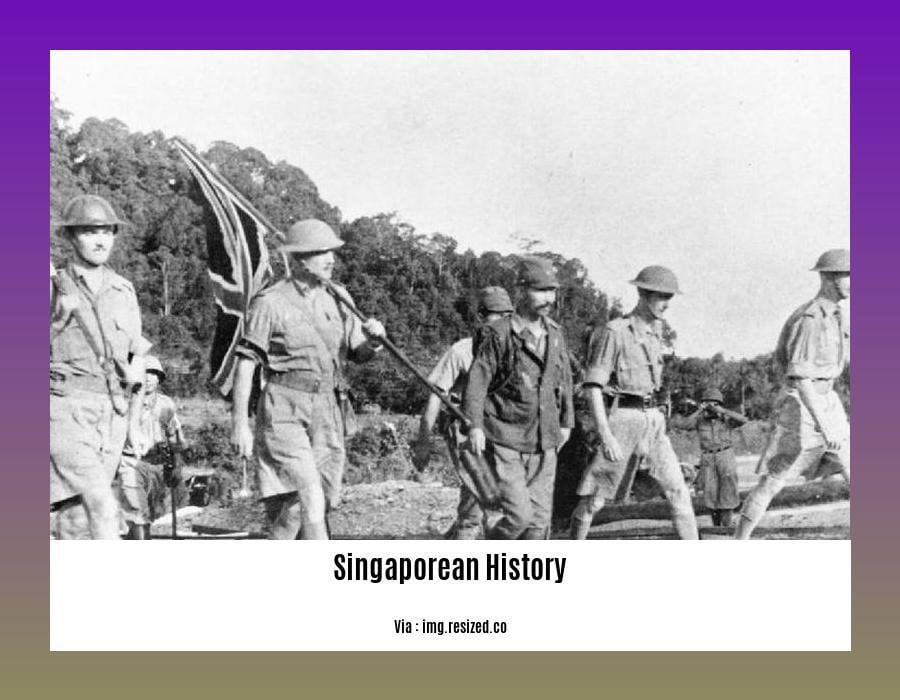
The path to Independence and Nation-Building for Singapore was a challenging yet remarkable journey. After gaining self-governance in 1955, Singapore faced the daunting task of forging its own identity and charting its economic and political course.
Key Takeaways:
-
Internal Challenges:
- Deep-seated ethnic and social divisions
- Economic dependence on entrepôt trade
- Limited natural resources
-
External Challenges:
- Regional instability
- Cold War alliances
- Competition from neighboring countries
-
Key Leaders:
- Lee Kuan Yew: First Prime Minister of Singapore
- Goh Keng Swee: Minister of Finance
- S. Rajaratnam: Minister of Foreign Affairs
Steps to Nationhood
- Merger with Malaysia in 1963:
- Aimed to address security and economic concerns
-
However, tensions arose over language, education, and racial issues
-
Separation from Malaysia in 1965:
- Singapore became a fully independent and sovereign republic
-
Faced skepticism and hostility from some neighboring countries
-
Economic Transformation:
- Focus on export-oriented industries and foreign investment
- Rapid economic growth and poverty reduction
-
Establishment of a skilled workforce and modern infrastructure
-
Social Cohesion:
- Promotion of multiracialism and meritocracy
- Implementation of language and education policies to foster national identity
- Housing policies aimed at breaking down ethnic enclaves
Challenges and Successes
Challenges:
- Maintaining social harmony amidst a diverse population
- Balancing economic growth with social equity
- Navigating regional and global political dynamics
Successes:
- Singapore’s remarkable economic transformation, earning it the title of “Asian Tiger”
- The creation of a stable and prosperous society with a high standard of living
- A strong sense of national identity and unity
Conclusion
Singapore’s Independence and Nation-Building was a complex and arduous process, shaped by both internal and external challenges. Through wise leadership, economic ingenuity, and a strong sense of social cohesion, Singapore has emerged as a prosperous and independent nation, serving as an inspiration for other developing countries.
Citation:
Economic Miracle
In a remarkable transition, Singapore ascended from one of the most impoverished countries in the 1960s to an economic powerhouse today. This profound transformation, often referred to as the Economic Miracle, is a testament to the nation’s astute leadership and unwavering determination.
Key Takeaways:
- Singapore’s Economic Miracle catapulted it from a third-world nation to a global financial hub.
- Lee Kuan Yew’s visionary policies, focus on growth, and attraction of foreign investment played a pivotal role.
- Singapore’s strategic location, skilled workforce, and unwavering social cohesion contributed to its success.
- Its transformation serves as an inspiring example of how sound economic strategies can dramatically alter a nation’s trajectory.
Lee Kuan Yew’s Vision:
Under the leadership of its first Prime Minister, Lee Kuan Yew, Singapore embarked on an ambitious economic journey. Lee’s vision was centered on rapid industrialization, foreign investment, and a highly skilled workforce.
Government Policies:
The government implemented policies that fostered economic growth. These included:
- Tax incentives for businesses
- Investment in infrastructure
- Promotion of foreign trade
- Emphasis on education and training
Economic Miracle Drivers:
- Strategic Location: Singapore’s position at the crossroads of major trade routes made it an ideal hub for commerce.
- Skilled Workforce: The government invested heavily in education and training, creating a highly skilled and productive workforce.
- Social Cohesion: Despite its diverse population, Singapore maintained ethnic and religious harmony, fostering a stable environment for economic growth.
Citation:
Modern Singapore
Exploring the Lion City’s Transformation
Marvel at Modern Singapore, a vibrant metropolis that has soared from humble beginnings to become an economic powerhouse. Join me as we unravel the story of a nation that has embraced modernity while preserving its cultural heritage.
The Seeds of Modernization
- 1819: Sir Stamford Raffles founded Singapore as a British trading post, laying the foundation for its commercial growth.
- 1965: Independence from Malaysia marked the start of Singapore’s journey as a sovereign nation.
- 1970s-1990s: Economic policies and foreign investment ignited a rapid economic expansion, transforming Singapore into a global hub.
Shaping Modern Singapore
- Economic Prowess: A highly skilled workforce, strategic location, and government policies fostered economic growth and prosperity.
- Social Progress: Social cohesion and harmony among Singapore’s diverse population have been vital to its success.
- Technological Advancements: Embracing innovation and technology has driven Singapore’s development as a smart nation.
Key Takeaways:
- Modern Singapore is a testament to the power of resilience, adaptability, and vision.
- The nation’s economic transformation serves as an inspiration for developing countries worldwide.
- Singapore’s social harmony and inclusivity are essential to its continued success.
Citation:
FAQ
Q1: When did the British establish Singapore as a colony?
A1: The British established Singapore as a colony in 1819.
Q2: Who is credited with founding modern Singapore?
A2: Sir Thomas Stamford Raffles is credited with founding modern Singapore.
Q3: What was the main economic activity in Singapore before the arrival of the British?
A3: Before the arrival of the British, the main economic activity in Singapore was piracy and fishing.
Q4: What was Singapore’s population when Raffles arrived?
A4: When Raffles arrived, Singapore had a population of around 1,000, mainly indigenous Malays and Chinese.
Q5: What was the name of the empire that Singapore was an outpost for?
A5: Singapore was an outpost for the Sumatran empire of Srīvijaya.
- Jerry McSorley’s Post-Divorce Life: New Beginnings - July 16, 2025
- The Rise and Fall of the New Haven Nighthawks: A Minor League Hockey Legacy - July 16, 2025
- Unlock Jerry McSorley’s Career Highlights: Eye Tax Inc.’s Solar Success - July 16, 2025
